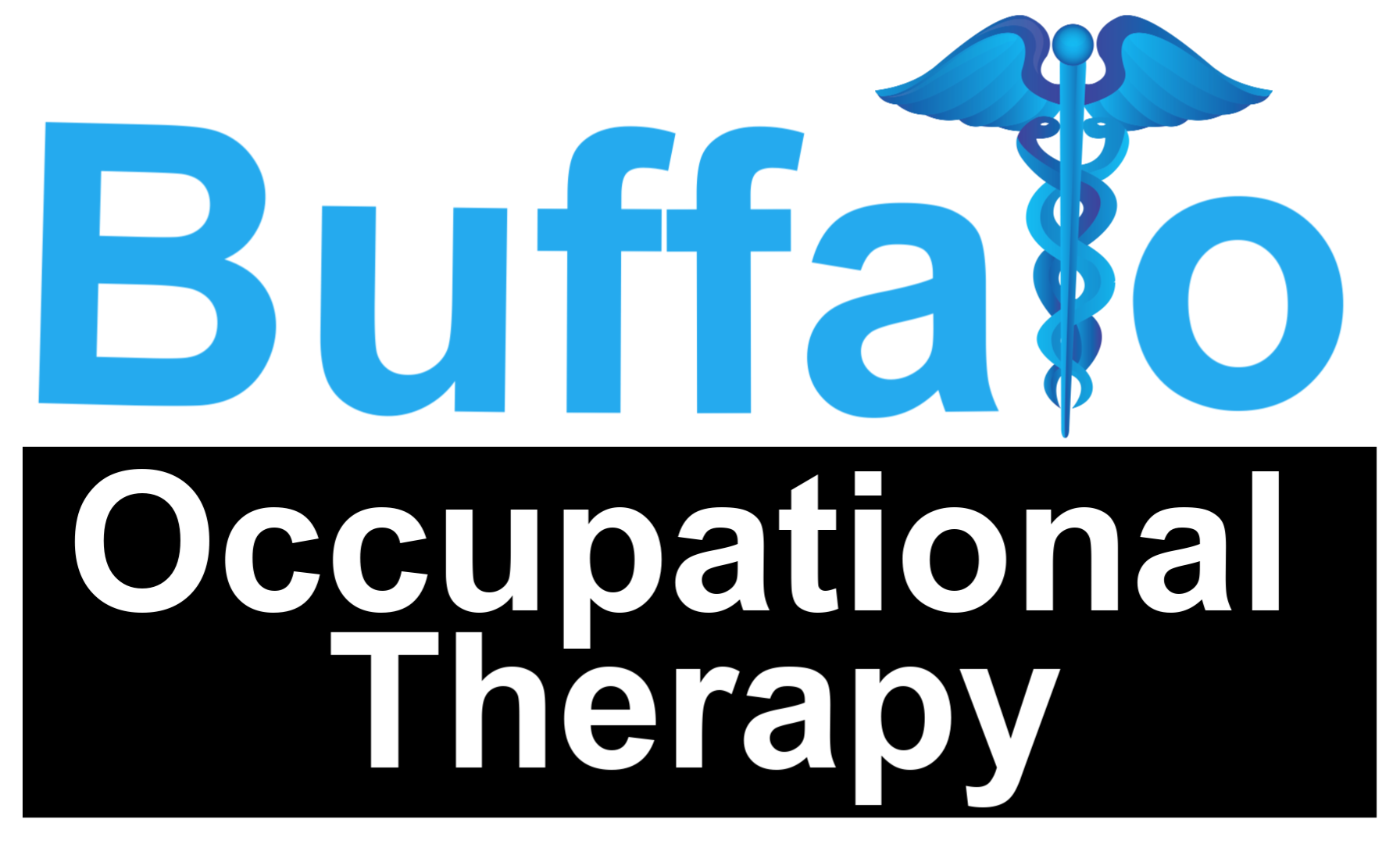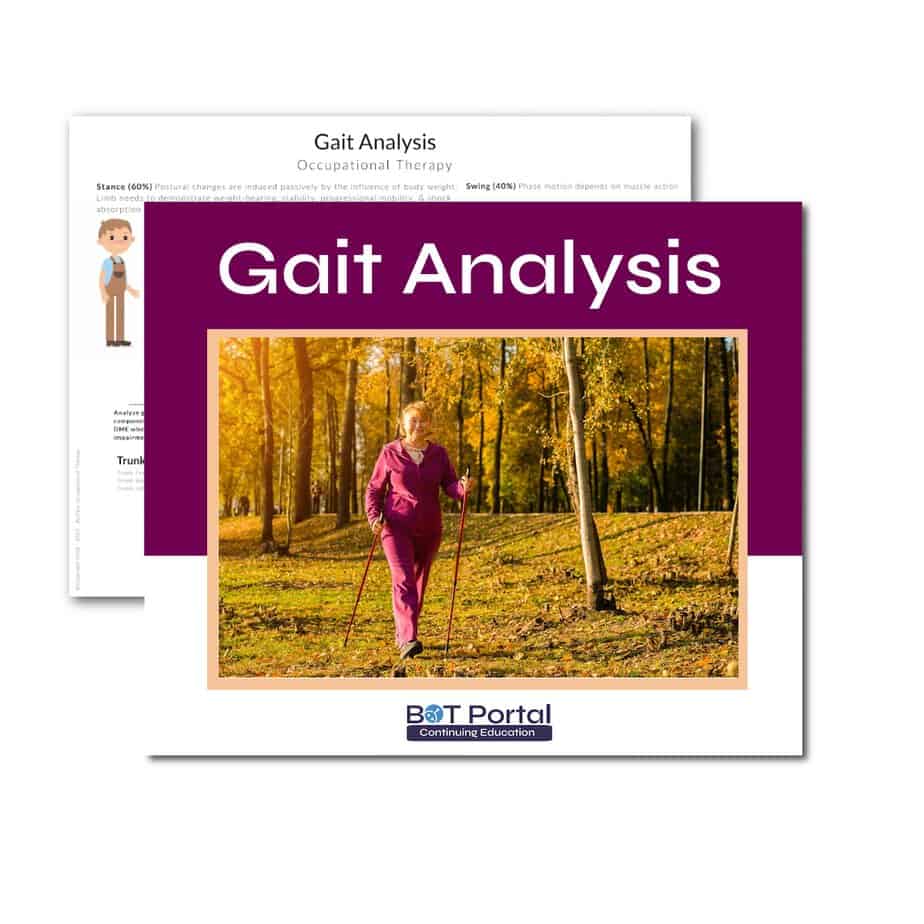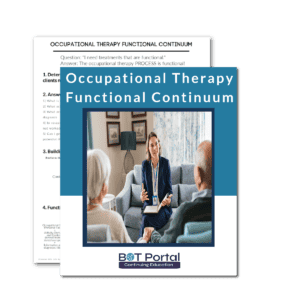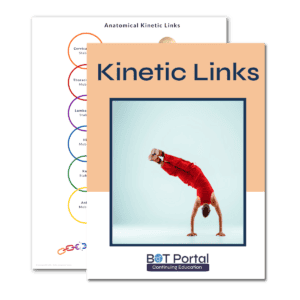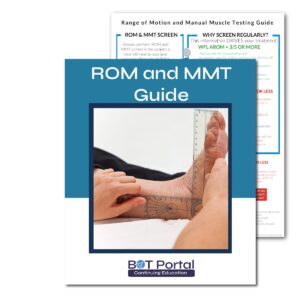Description
Gait pattern Illustration for Ambulation
Functional Ambulation in Rehabilitation – Gait Pattern
When assessing a patient’s gait pattern, physical and occupational therapists look at several key elements to understand their walking mechanics and identify any abnormalities.
Here are the primary components to consider:
- Heel Strike: The initial contact of the heel with the ground at the beginning of the stance phase.
- Foot Flat: The point where the entire foot makes contact with the ground.
- Midstance: The phase where the body’s weight is directly over the supporting leg.
- Heel Off: The moment when the heel lifts off the ground, transitioning the weight to the ball of the foot.
- Toe Off: The final push-off phase where the toes leave the ground, initiating the swing phase.
- Swing Phase: The period when the foot is off the ground, moving forward to prepare for the next heel strike. This includes:
- Acceleration: The initial part of the swing phase as the leg moves forward.
- Midswing: The middle of the swing phase when the leg is directly under the body.
- Deceleration: The final part of the swing phase as the leg slows down in preparation for heel strike.
- Stride Length: The distance covered between two consecutive heel strikes of the same foot.
- Step Length: The distance between heel strikes of opposite feet.
- Cadence: The number of steps taken per minute.
- Base of Support: The distance between the feet during walking, affecting balance and stability.
- Arm Swing: The natural movement of the arms that helps balance the body during walking.
- Trunk Movement: The motion of the upper body, which should be smooth and coordinated with the legs.
What is included:
A
